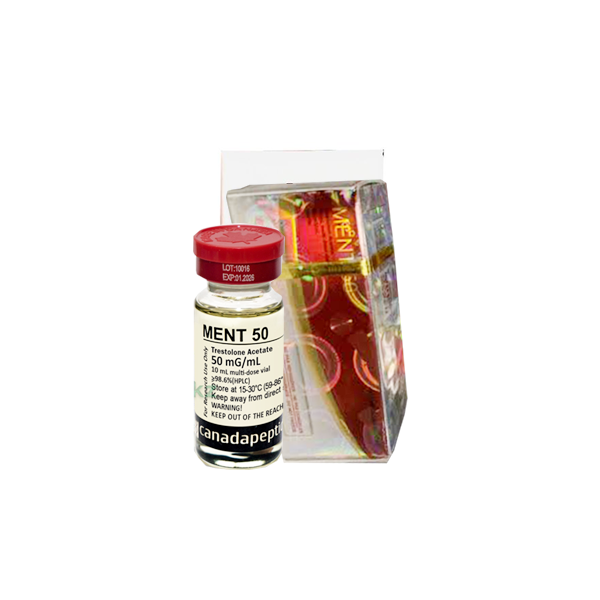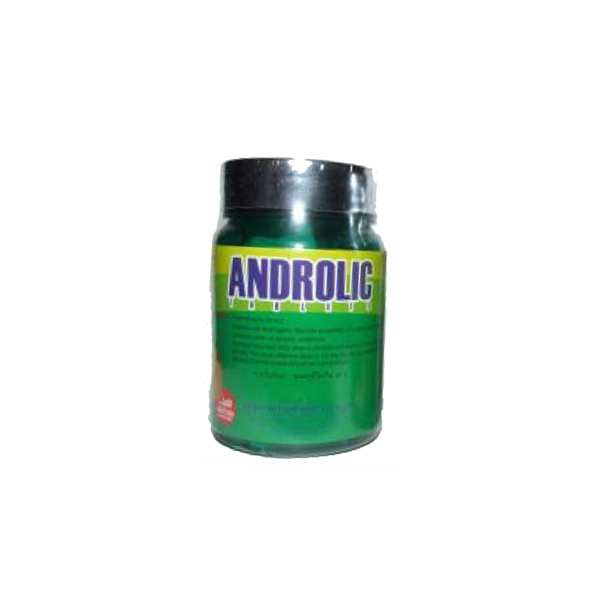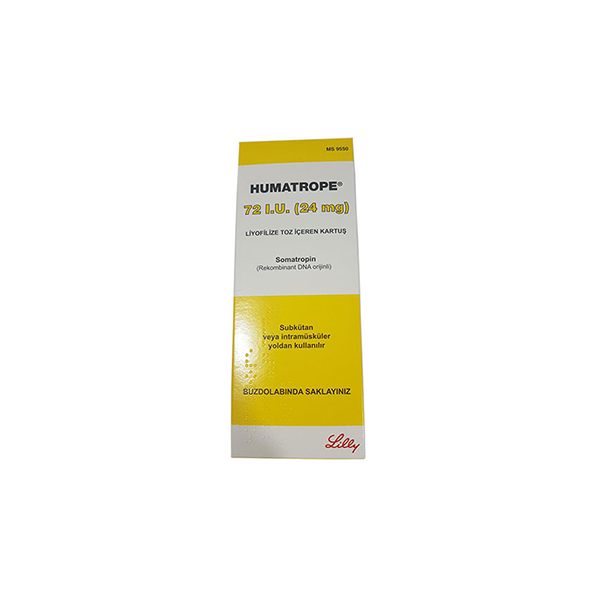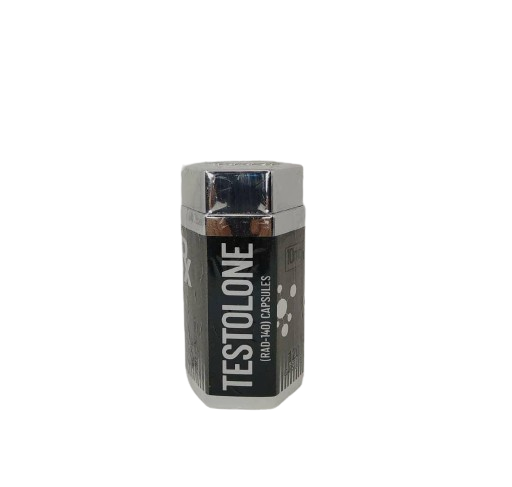تم استخدام أسيتات MENT ، لأن خصائص انتشاره كانت أكثر ملاءمة للاستخدام في الغرسات. ومع ذلك ، عند إطلاق الأسيتات ، يتحلل الماء بسرعة ، ويكون MENT هو الجزء النشط بيولوجيًا في الدورة الدموية. لقد درسنا آثار MENT على الاهتمام والنشاط الجنسي ، والانتصاب التلقائي ، والحالات المزاجية مقارنة مع هرمون التستوستيرون إينونثات (TE) في 20 رجلًا قوقازيًا وصينيًا تم تجنيدهم في إدنبرة وهونغ كونغ (ن = 10 في كل مركز). تم قياس النتائج باستخدام مزيج من اليوميات اليومية والمقابلات شبه المنظمة. بعد الانسحاب من علاج استبدال الأندروجين (مرحلة الغسل) لمدة لا تقل عن 6 أسابيع ، تم توزيع الأشخاص بصورة عشوائية على مجموعتين في تصميم متقاطع. كانت أنظمة العلاج من تعاطي المخدرات مدتها 6 أسابيع وتتألف من غرستين ، تحتوي كل منهما على 115 مجم أسيتات MENT ، مدخلة s.c. في الجزء العلوي من الذراع وإزالتها بعد 6 أسابيع وحقنتين من TE (200 مجم ، IM) بفاصل 3 أسابيع. نتج عن علاج MENT تركيزات ثابتة من MENT في البلازما تبلغ 1.4 + / – 0.1 نانومول / لتر بعد 3 أسابيع و 1.3 + / – 0.1 نانومول / لتر بعد 6 أسابيع (متوسط +/- SEM ؛ جميع الرجال). كانت تركيزات نادر التيستوستيرون 3.6 +/- 0.6 نانومول / لتر في نهاية مرحلة الغسيل و 9.4 + / – 0.6 نانومول / لتر بعد 3 أسابيع من كل حقنة. لم تكن هناك فروق في تركيزات الهرمونات بين المراكز. لم تكن هناك آثار سمية ضارة. لم يكن هناك سوى اختلافات طفيفة بين العلاجين. نتج عن كل من العلاج MENT و TE زيادات كبيرة في الاهتمام الجنسي والنشاط الجنسي ، والانتصاب التلقائي (عن طريق التقرير الذاتي وقياس NPT) ، وزيادة في الحالة المزاجية الإيجابية ، مع انخفاض في الحالة المزاجية السلبية في مجموعة إدنبره. في مجموعة هونغ كونغ ، زاد كلا العلاجين من الانتصاب أثناء اليقظة ، مع وجود اتجاه نحو زيادة الاهتمام والنشاط الجنسي. بدت حالات الحالة المزاجية أقل تأثرًا خلال مرحلة الغسل مقارنةً برجال إدنبرة ولم تظهر أي استجابة كبيرة لأي من العلاجين. توضح هذه النتائج أن MENT له تأثيرات مماثلة على النشاط الجنسي والحالات المزاجية مثل هرمون التستوستيرون في الرجال الذين يعانون من قصور الغدد التناسلية. نظرًا لأن NPT هي نتيجة فسيولوجية تعتمد على الأندروجين ، فإن هذه البيانات توفر دليلًا إضافيًا على الذكورة في MENT. يوضح عدم وجود تأثير مكتشف لأي من الأندروجين في رجال هونغ كونغ بخلاف الاستيقاظ عند الاستيقاظ أهمية السياق الثقافي للأعراض وقياسها. لا يزال يتعين تحديد الجرعة المناسبة من MENT ، لكن هذه النتائج تدعم تطورها كعلاج محتمل لاستبدال الأندروجين.
MENT acetate was used, because its diffusion characteristics were more suitable for use in implants. However, upon release the acetate is rapidly hydrolyzed, and MENT is the biologically active moiety in circulation. We studied the effects of MENT on sexual interest and activity, spontaneous erection, and mood states in comparison with testosterone enanthate (TE) in 20 Caucasian and Chinese hypogonadal men recruited in Edinburgh and Hong Kong (n = 10 in each center). Outcomes were measured using a combination of daily diaries, semistructured interviews, and questionnaires. Nocturnal penile tumescence (NPT) was also recorded in the Edinburgh group. After withdrawal of androgen replacement treatment (wash-out phase) for a minimum of 6 weeks, subjects were randomized to two groups in a cross-over design. Drug treatment regimens were of 6-week duration and consisted of two implants, each containing 115 mg MENT acetate, inserted s.c. into the upper arm and removed after 6 weeks and two injections of TE (200 mg, i.m.) 3 weeks apart. MENT treatment resulted in stable plasma MENT concentrations of 1.4 +/- 0.1 nmol/L after 3 weeks and 1.3 +/- 0.1 nmol/L after 6 weeks (mean +/- SEM; all men). Nadir testosterone concentrations were 3.6 +/- 0.6 nmol/L at the end of the wash-out phase and 9.4 +/- 0.6 nmol/L 3 weeks after each injection. There were no differences in hormone concentrations between centers. There were no adverse toxicological effects. There were only minor differences between the two treatments. Both MENT and TE treatment resulted in significant increases in sexual interest and activity, spontaneous erection (both by self-report and NPT measurement), and increases in positive moods, with decreases in negative moods in the Edinburgh group. In the Hong Kong group, both treatments increased waking erection, with a trend toward increased sexual interest and activity. Mood states appeared to be less affected during the wash-out phase than in Edinburgh men and showed no significant response to either treatment. These results demonstrate that MENT has similar effects on sexual activity and mood states as testosterone in hypogonadal men. As NPT is a physiological androgen-dependant outcome, these data provide further evidence for the androgenicity of MENT. The lack of detected effect of either androgen in Hong Kong men other than on waking erection illustrates the importance of the cultural context of symptomatology and its measurement. The appropriate dose of MENT remains to be determined, but these results support its development as a potential androgen replacement therapy.










